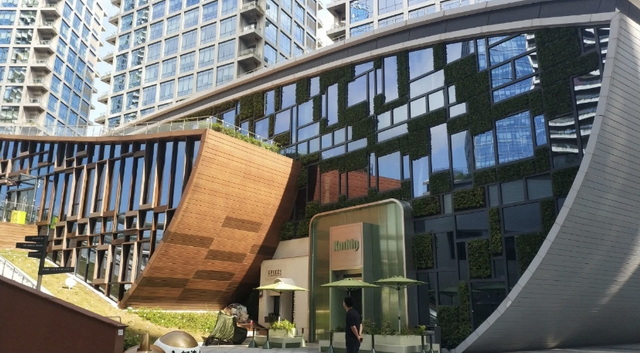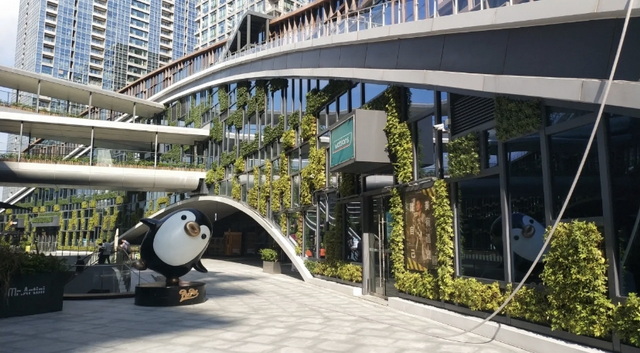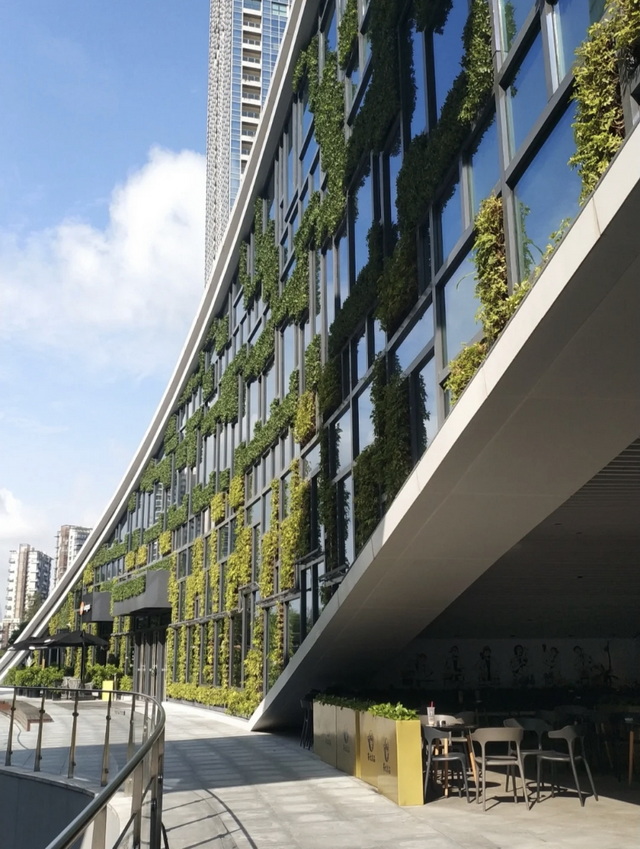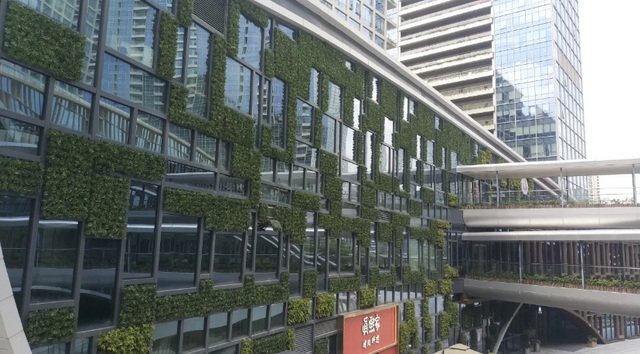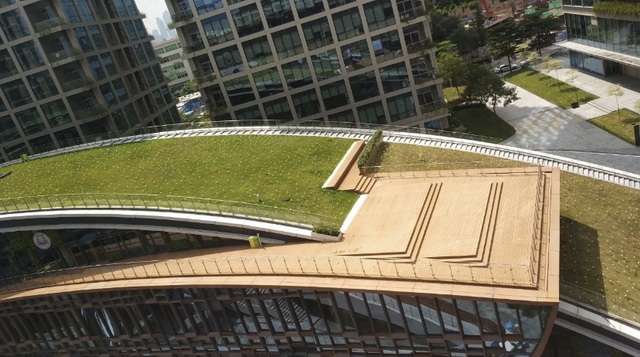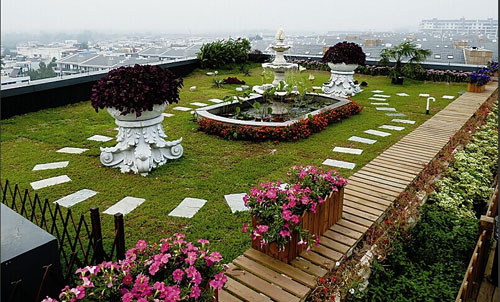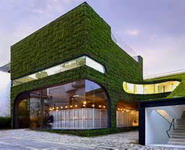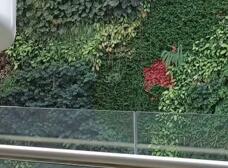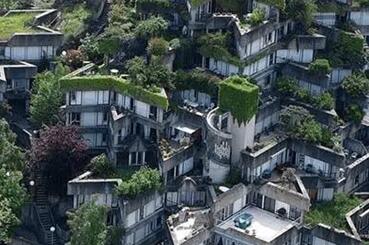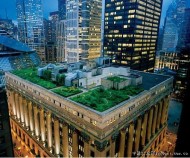Greening of buildings
With the increasingly bad environment and the enhancement of people’s awareness of environmental protection, urban greening construction has become a hot focus of today’s public attention, and the country has regarded urban greening construction as a very important indicator of urban culture. Nowadays, the green model is not only limited to the ground. In recent years, greening construction on buildings has gradually become a trend. This greening method is human compensation for the destruction of nature by buildings.
Roof greening has outstanding ecological value, and plays a prominent role in energy saving and emission reduction of the building itself, adjusting local climate, alleviating urban heat island effect, and improving urban appearance. The benefits are no less than that of ground greening. Correct use of grass grids can make the progress of roof greening more effective, and plastic planting pots also play a great role in greening walls.
Ecological function is higher than landscape benefit. The green plants on the roof absorb carbon and fix oxygen through photosynthesis, purify the air; its transpiration water absorbs heat, cools the atmosphere, and can absorb 70% to 85% of solar radiation heat. This not only alleviates the heat island effect of the city, but also the large lawn on the roof is the most environmentally friendly “heat insulation blanket” in summer.


